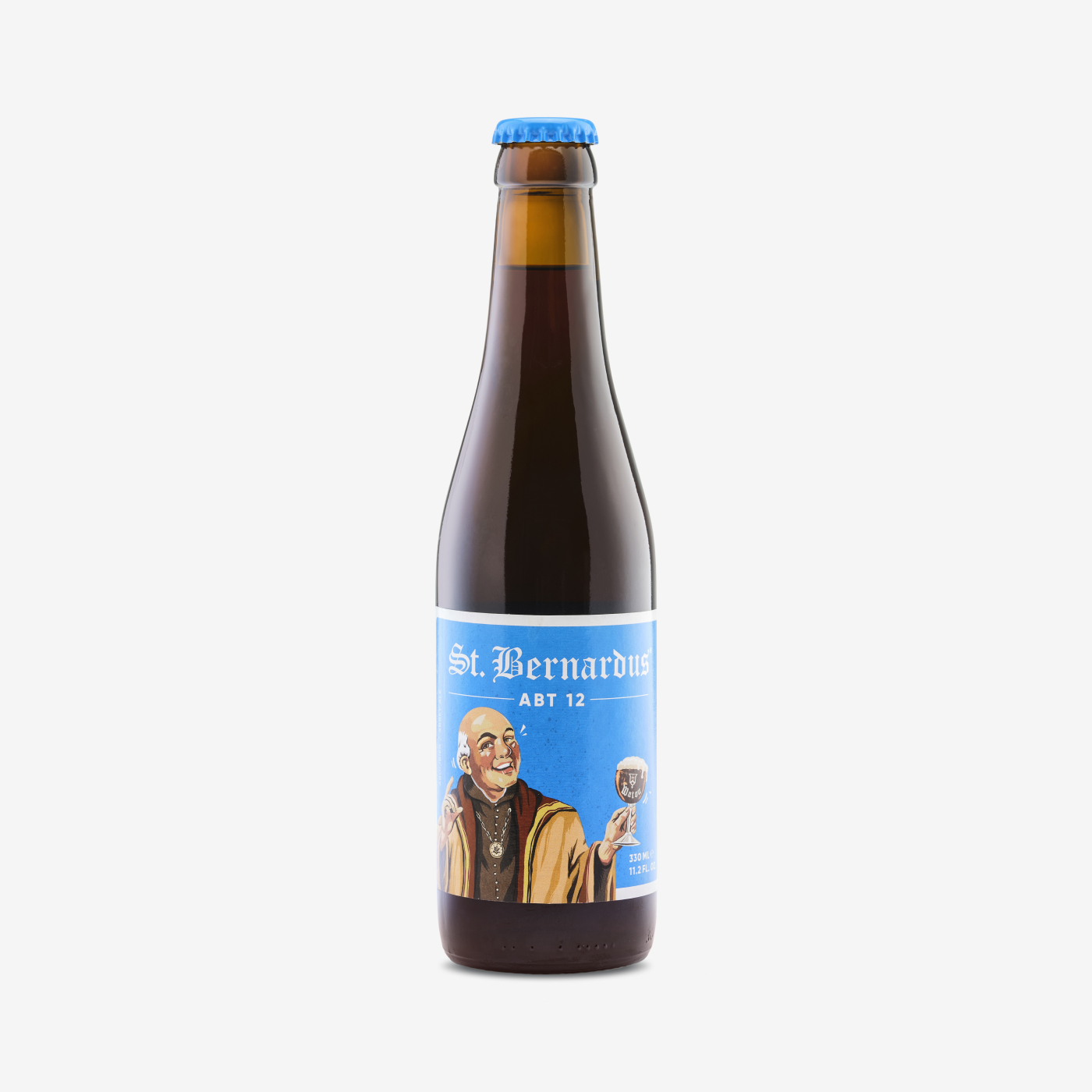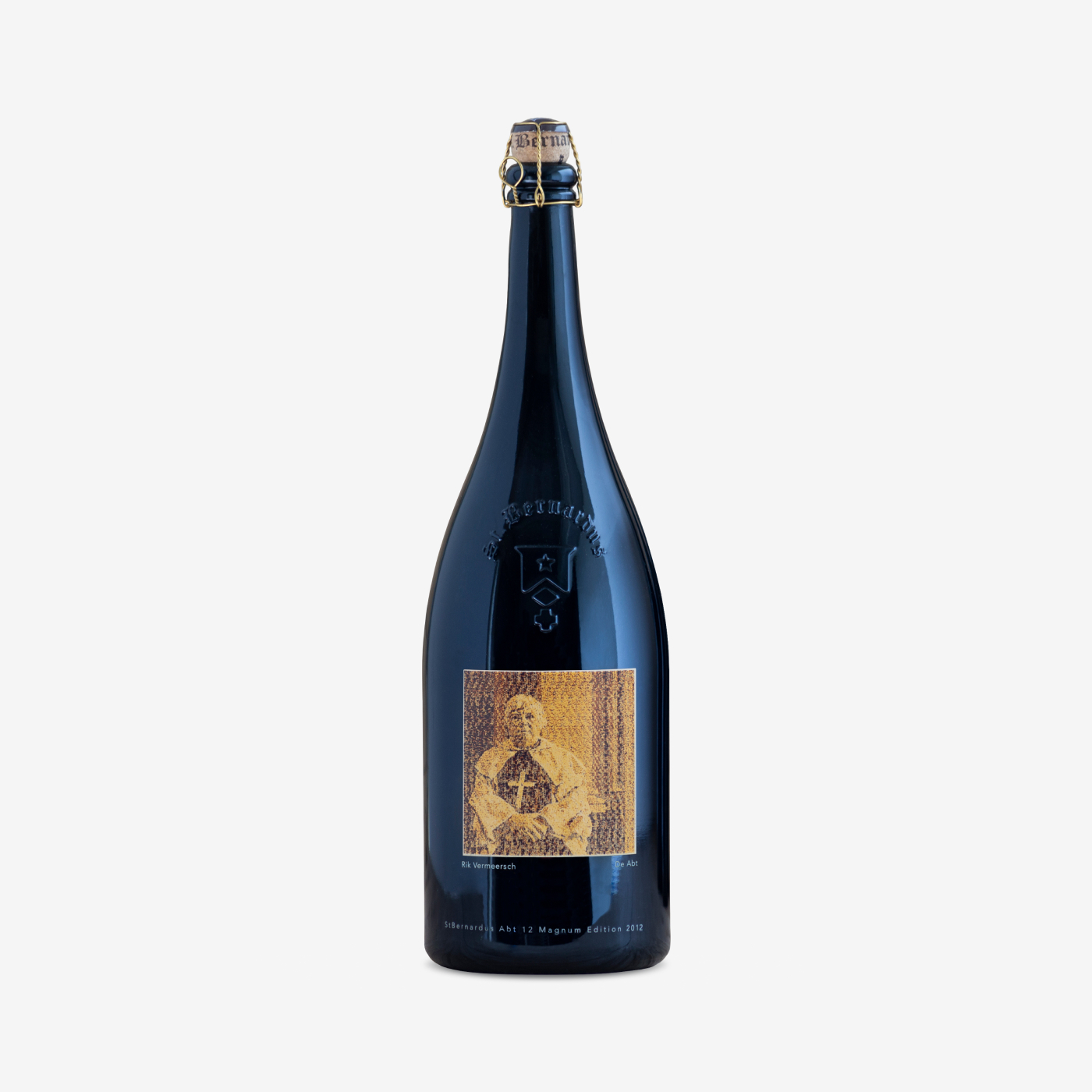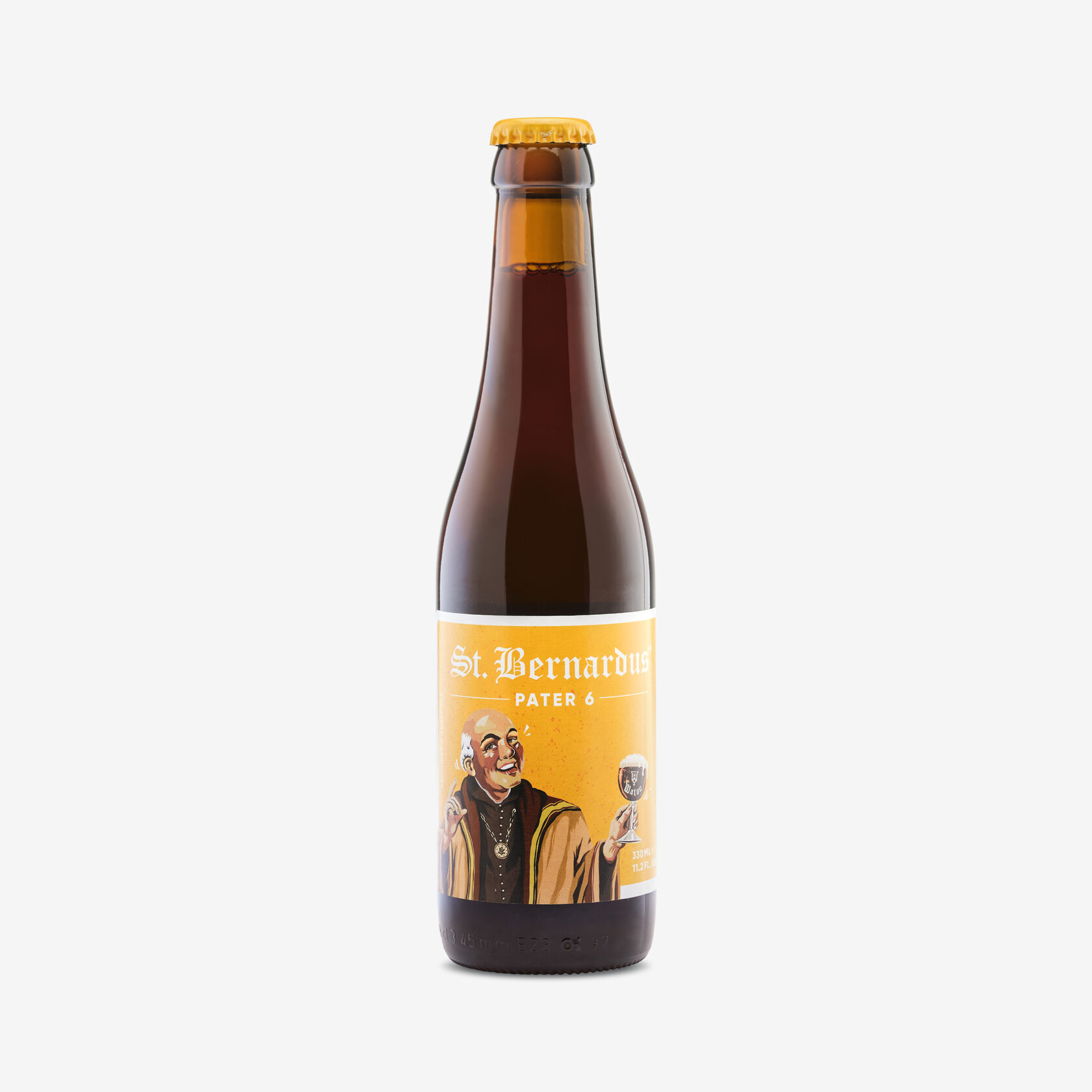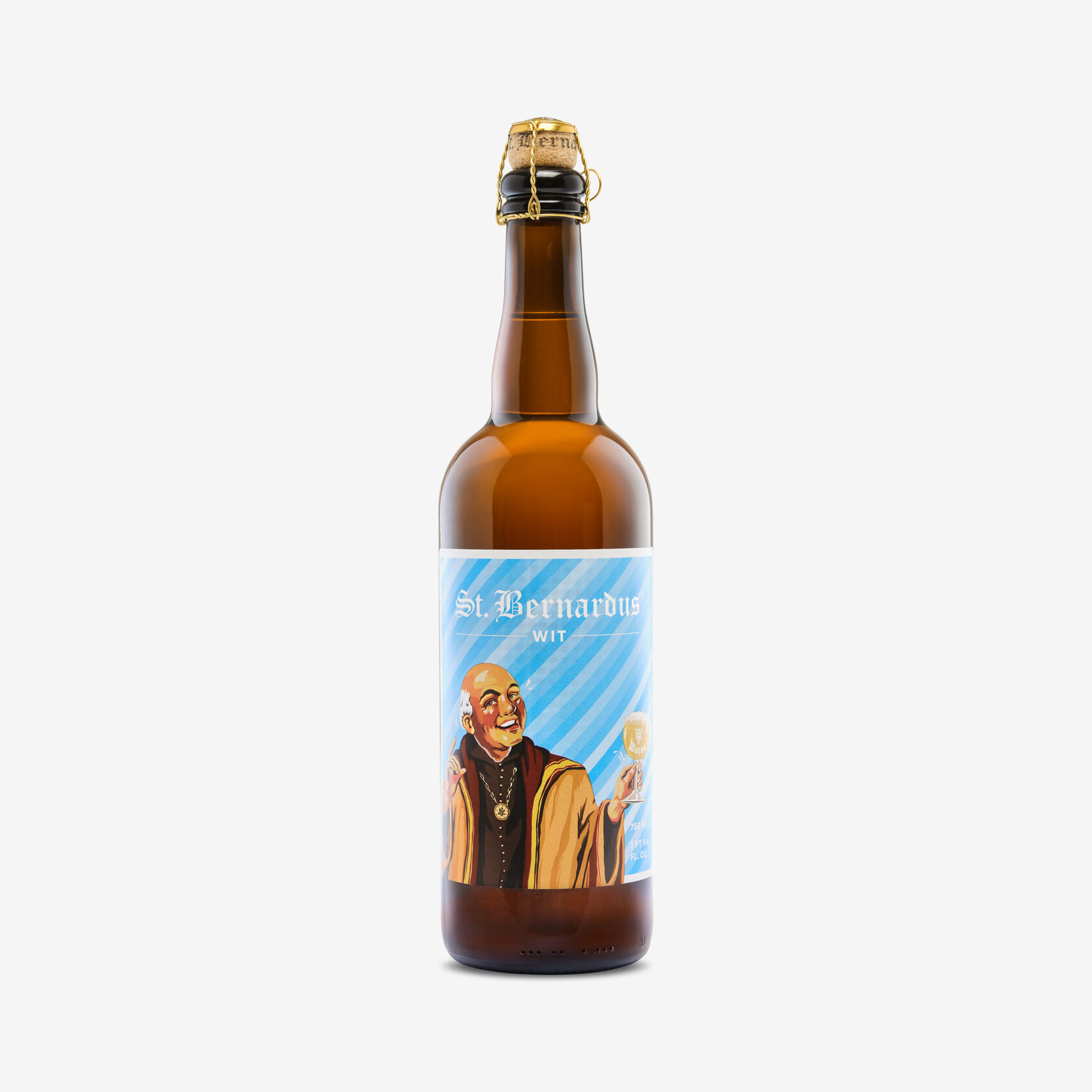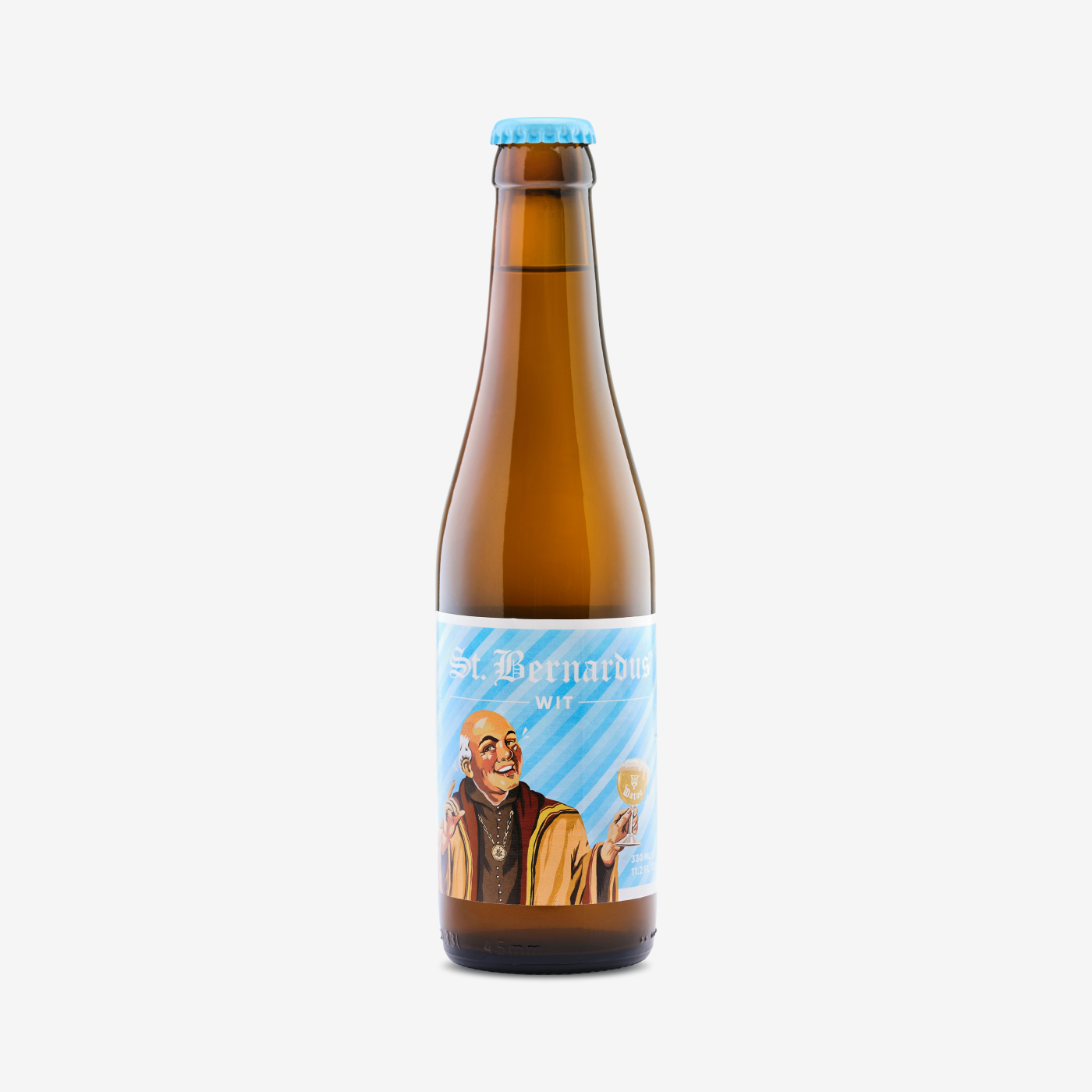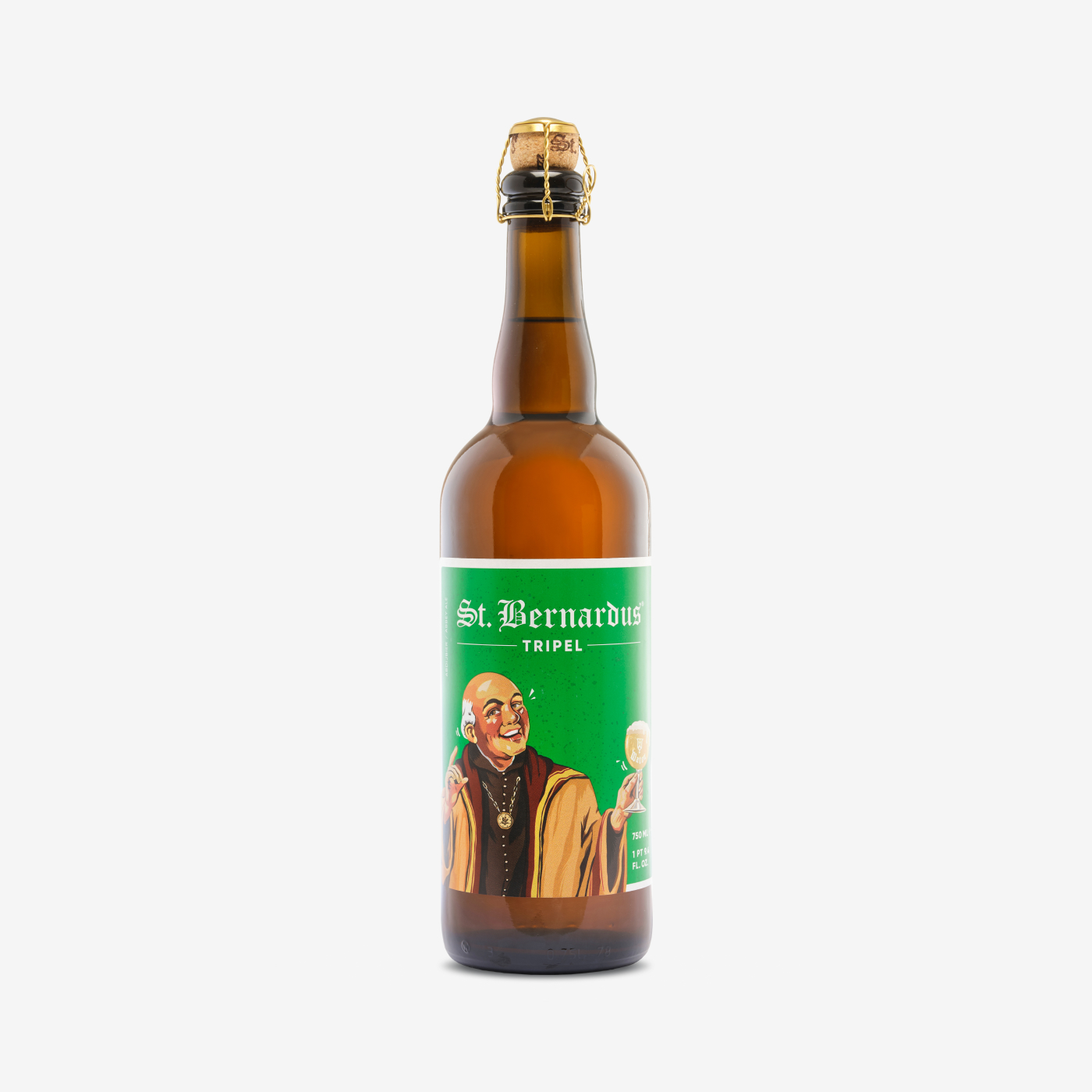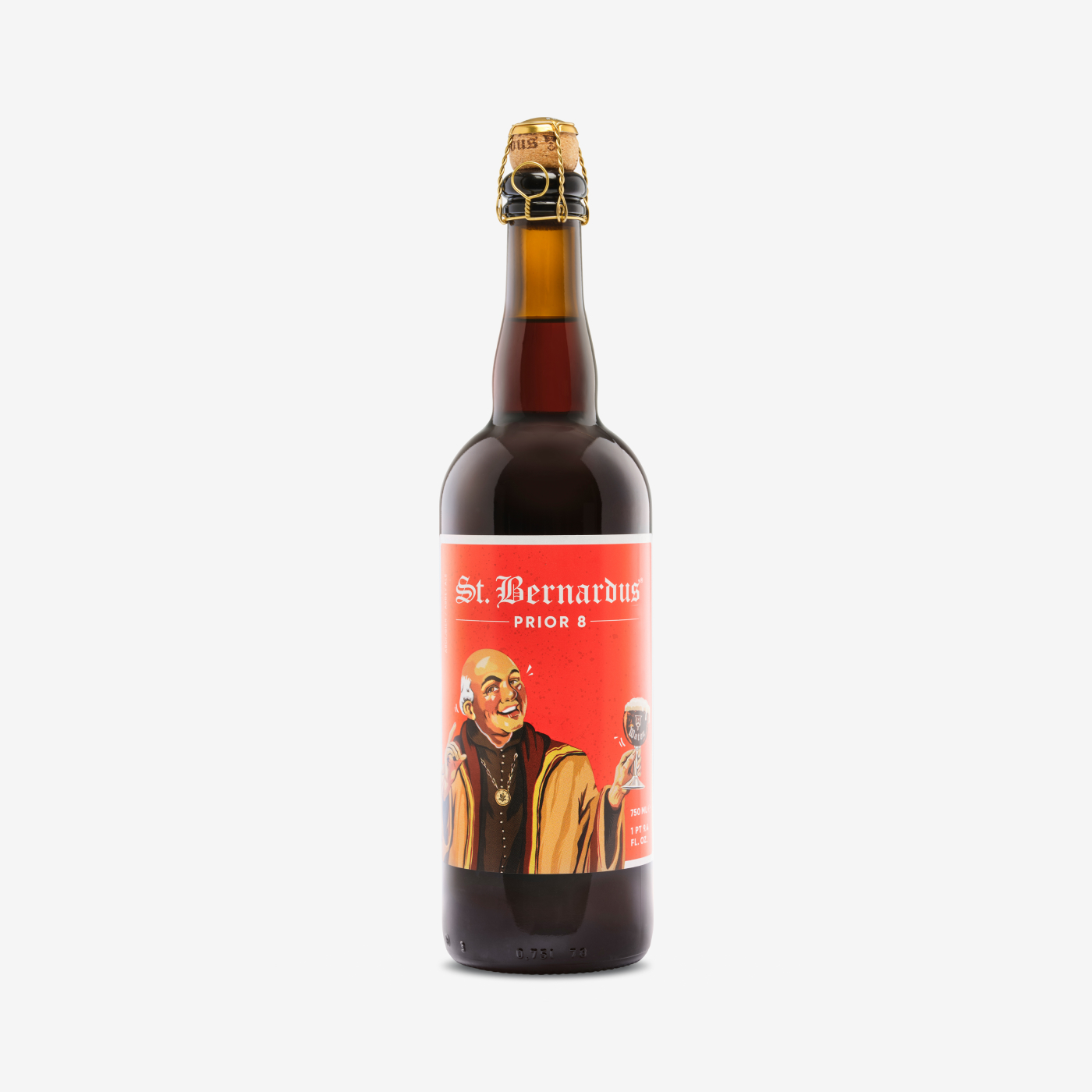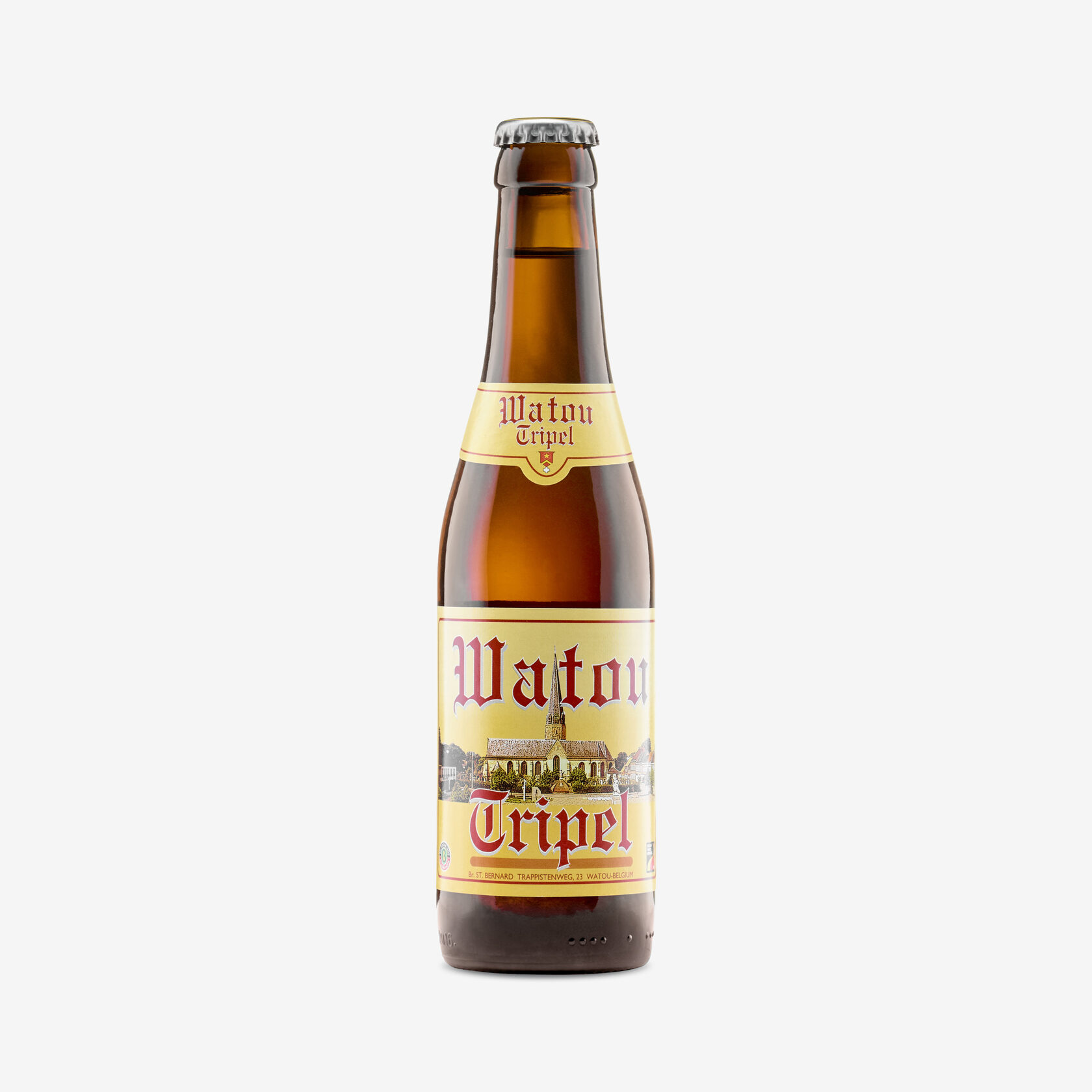GET PRICE LIST
We will help you calculate the cost of the party and the total amount, including delivery
By clicking on the button "Get price list" you agree to the terms of the privacy policy.
Austria
GERMANY
BELGIUM
France
SWITZERLAND
St. Bernardus
In the remotest corner of West Flanders, in a village with the poetic name of Watou, where life itself seems to flow more slowly and where there is complete harmony with nature, St.Bernardus beer is born. The history of the brewery is closely connected with two monasteries, one of which gave it its name and the other its traditional recipes. At the beginning of the last century, due to the unfavorable attitude to the monks, the abbey of Catsberg, located in the southern part of France, decided to move to a more loyal Belgium and chose the village of Vatou. Once settled, the monks first opened their own cheese production, for which they were already famous in their homeland. The most famous type of cheese was called St. Bernardus Watou.
When French policy toward the monks improved, the order sold its cheese production to Evariste Deconinck and returned to its roots. Mr. Deconinck expanded his business by purchasing a beer license from another Trappist order, Westvleteren.
When French policy toward the monks improved, the order sold its cheese production to Evariste Deconinck and returned to its roots. Mr. Deconinck expanded his business by purchasing a beer license from another Trappist order, Westvleteren.
His partner was the master brewer from the same order, Mathieu Zafransky, who suggested using ancient monastic recipes, using exclusive technologies and ingredients to create beer. One of them is a strain of St.Sixtus yeast. For 46 years the brewery continued brewing beer in collaboration with the monks until the license expired in 1992.
The monks refused to extend it, justifying this by the fact that only beer produced within the walls of the monastery itself can be called "trappist". Since that time, the brewery has changed its name to the new St. Bernardus and expanded its product range with new recipes.
The monks refused to extend it, justifying this by the fact that only beer produced within the walls of the monastery itself can be called "trappist". Since that time, the brewery has changed its name to the new St. Bernardus and expanded its product range with new recipes.
Back


